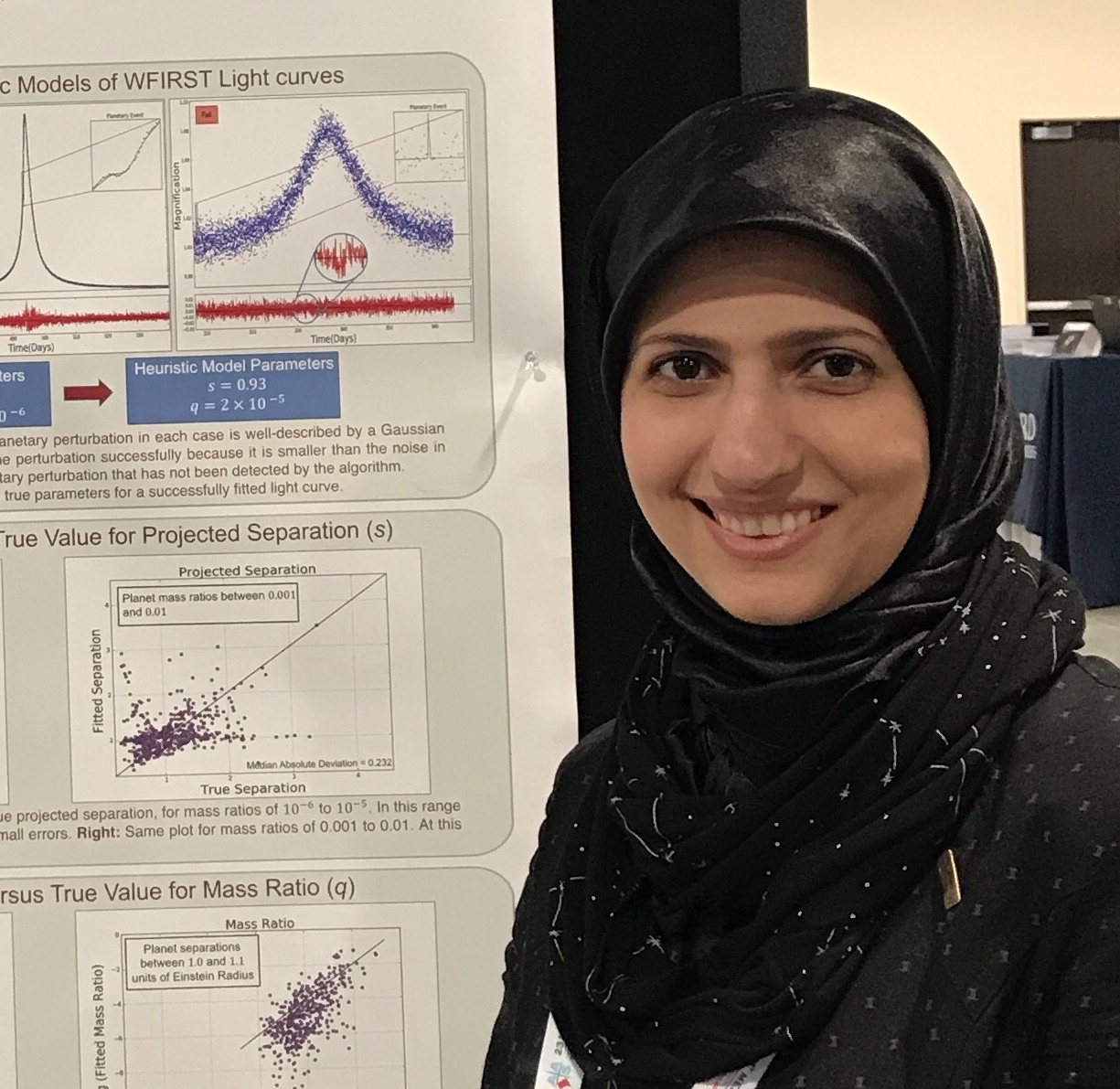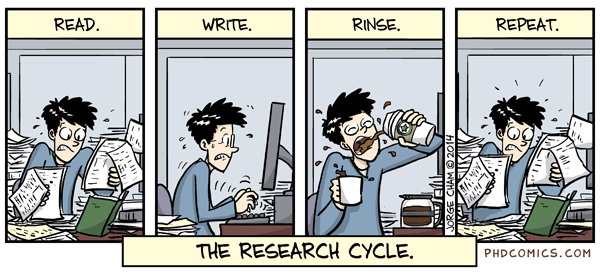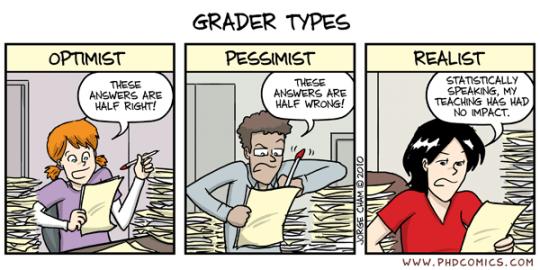About Me
I am a Visiting Assistant Professor of Physics at Lehigh University with extensive experience in astronomical data analysis and machine learning. I am the coordinator of the Rubin Observatory Transient and Variable Stars Science Collaboration (TVSSC) Microlensing Subgroup. The Rubin Observatory will shape how we explore the universe by delivering the deepest, widest, and fastest optical survey ever conducted, enabling unprecedented discoveries in fields ranging from dark matter and dark energy to transient phenomena like supernovae and microlensing.
As a former LSSTC Catalyst Fellow at Rutgers University, I developed a deep learning autoencoder for magnification maps of lensed quasars and supernovae. This model significantly improves the efficiency and speed of analyzing lensed quasar light curves by enabling fast generation of magnification maps — a critical capability for the Rubin Observatory.
Prior to Rutgers, I was a postdoctoral researcher at the University of Delaware, where I created data-driven templates for stripped-envelope supernovae to classify stellar explosions photometrically and identify unusual behavior. I completed my PhD and MS in physics at Lehigh University, where I worked on developing autmated algorithms to extract features from microlensing light curves and enhance their detection, classification, and charachterization.
My research combines algorithm development, feature extraction, and statistical modeling to detect, classify, and characterize time-dependent astronomical events efficiently. As subgroup coordinator, I coordinate efforts to enhance simulations, develop software for detection and classification of microlesing events with Rubing, and explore synergies with other surveys like the Roman Space Telescope.
I am also a member of the Roman Galactic Exoplanet Survey Project Infrastructure Team, preparing for the Galactic survey of NASA’s Roman Space Telescope. In addition, as a former LSSTC Data Science Fellow, I gained expertise in data engineering, Bayesian statistics, machine learning, image processing, and advanced data visualization.
Education:
B.Sc from Sharif University
M.Sc from Lehigh Univeristy
PhD from Lehigh University
Research Interests:
Galactic and Extragalactic Microlensing
Photometric classification of Transients
Astronomical Data Science and Machine Learning
Publications:
ADS link


